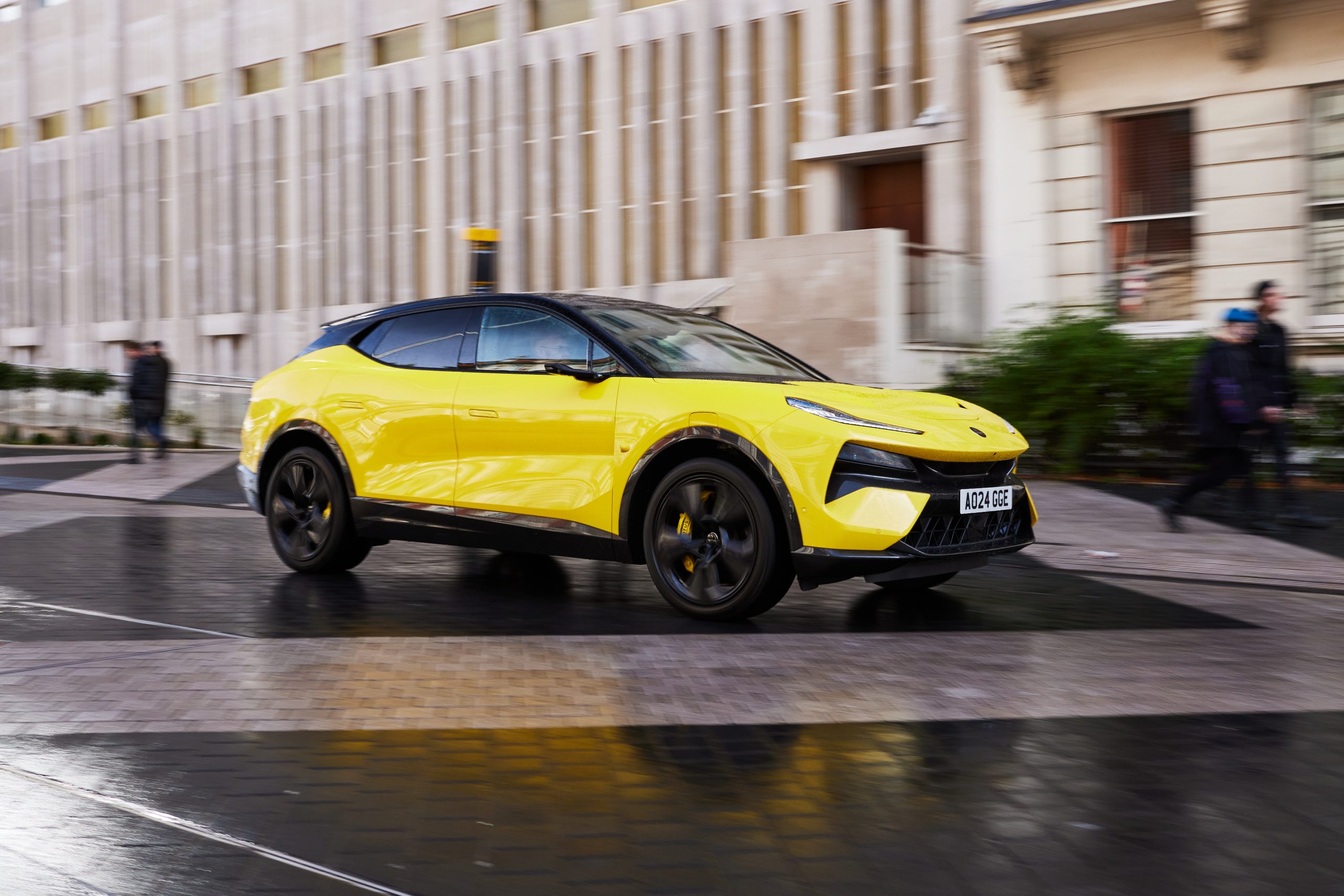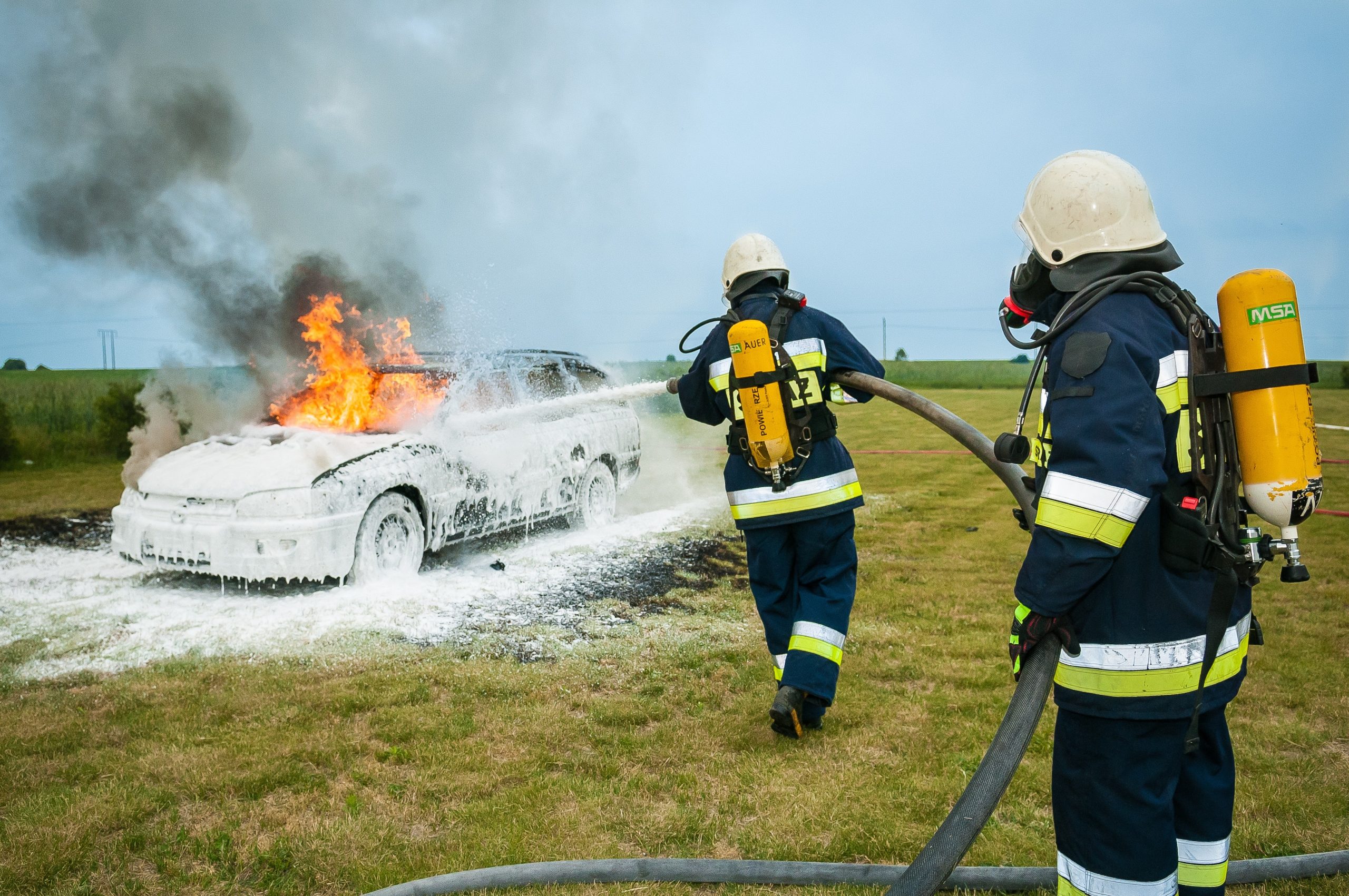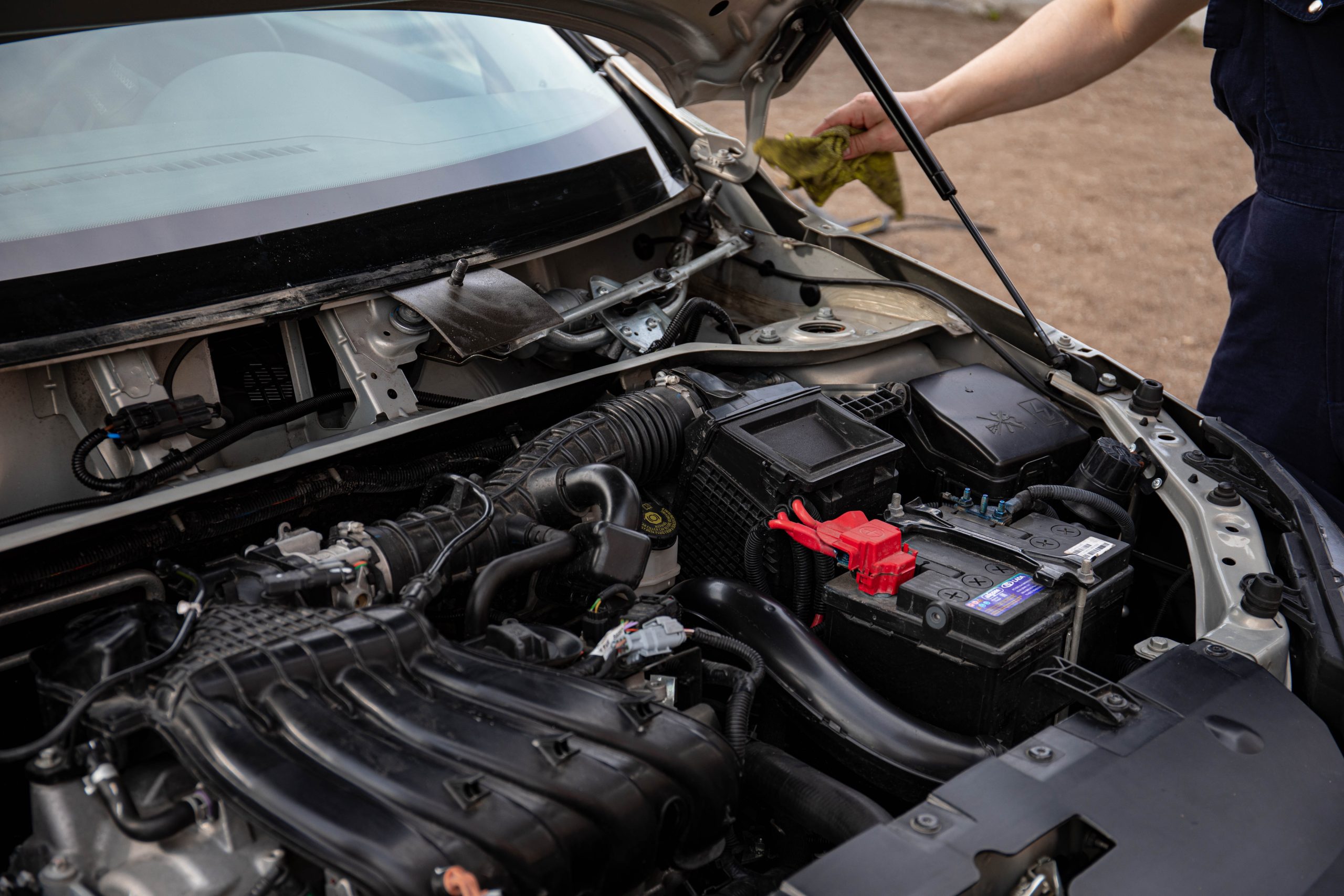How Long Does It Take To Jump-Start A Car
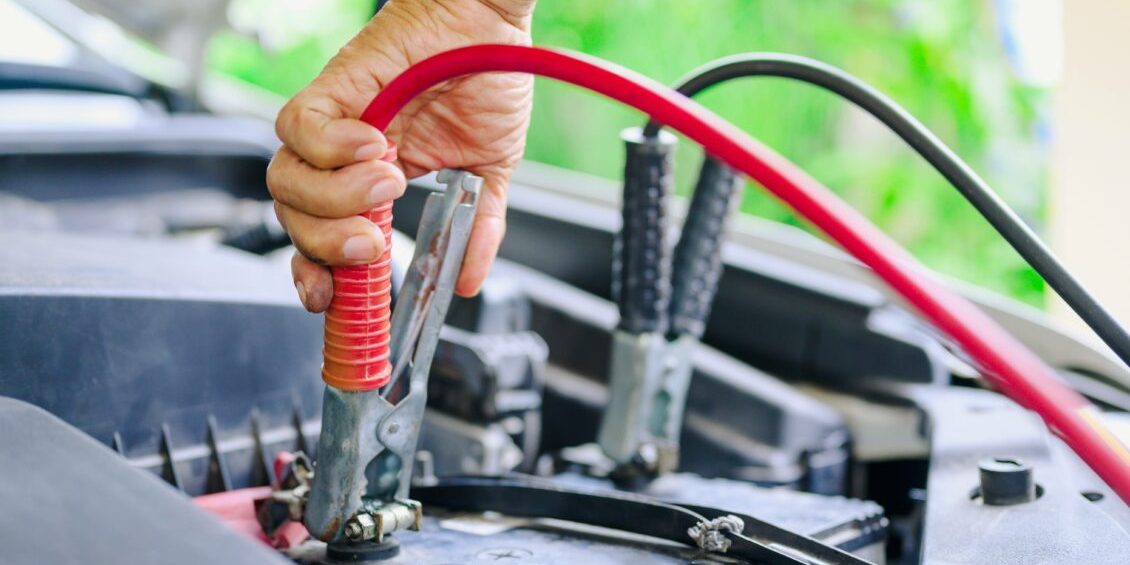
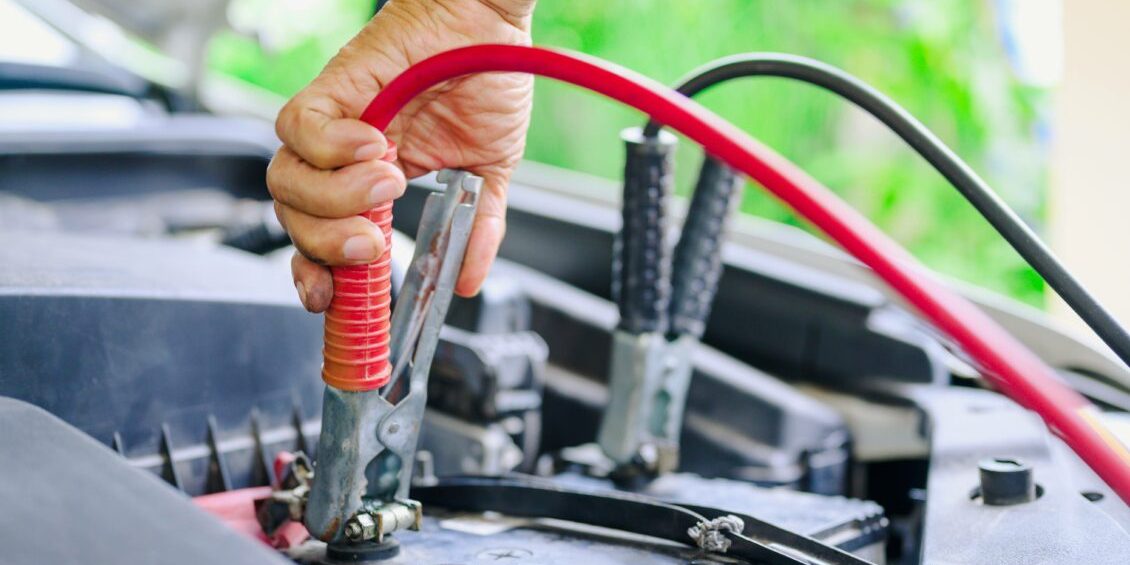
Factors Affecting Jump-Starting a Car
Jump-starting a car relies on different factors that may affect the process. The time it takes to jump-start a car will depend on several things, including the battery type, how long it has been dead, and external temperatures.
Here is a 5-step guide to consider when jump-starting your vehicle:
- Ensure both vehicles are parked facing each other and the engines are turned off.
- Attach one end of the red jumper cable to the positive (+) terminal of the dead car’s battery. Attach the other red cable end to the good car’s positive (+) terminal.
- Connect one end of the black jumper cable to the good car’s negative (-) terminal. Connect the other black clamp to an unpainted metal surface away from where its battery is placed under the hood of the dead car.
- Start a good vehicle engine, let it run while revving slightly if necessary, and wait a few minutes before trying to start one.
- Attempt starting your vehicle that has a dead battery
It is also worth keeping in mind that some modern cars could require special procedures or professional help; read the owners’ manuals.
Pro Tip: It is always better to prevent dead batteries by keeping them charged and not using too many electronic devices while driving. A little preparation before jump-starting can save you from feeling like you’re doing the electric slide with a car battery.
Preparation Before Jump-Starting
To ensure a successful jump-start for your car, you need to prepare adequately. This includes checking the battery and the jump-starter and taking safety measures. In this section on preparation before jump-starting for the “How Long Does It Take to Jump-Start a Car” article, we’ll cover these sub-sections briefly and provide solutions to common issues.
Checking the Battery
To ensure the battery is ready for jump-starting:
Check the state of your battery before attempting to jump-start a vehicle. It is essential to make sure it is secure, stable, and ready for use.
Follow these three steps to check your battery:
- Visually inspect the battery; look out for corrosion, buildup, or cracks on the surface of the battery.
- Check the voltage level of the battery using a multimeter tool. This will help you gauge if there are any serious problems with the battery that may prevent a successful jump start.
- Check to see if there are any loose connections around the terminals. Loose connections can lead to power discharge and may cause issues when jump-starting.
Additionally, ensure that you are wearing protective gear, such as gloves and goggles, when handling a car battery.
A True Story:
Maria was driving home late from work on a freezing winter night when her car suddenly stalled on an empty road. She had inadvertently left her headlights on while in a meeting and drained her battery. With no other way out, Maria had to call for roadside assistance from an unknown service provider, resulting in needless anxiety and time loss. If only she had remembered to check her battery beforehand!
Checking the Jump Starter
Inspecting the Jump Starter
A jump starter is essential to getting a stalled engine back to life. However, before attempting to use it, one must ensure that the device itself functions well.
Here are five simple steps to follow when “inspecting the jump-starter”:
- Check the battery capacity.
- Inspect cables for wear and tear.
- Ensure the clamps grip tightly and securely.
- Examine the jump starter for damage or cracks.
- Check additional features like safety mechanisms, charge levels, and indicator lights.
In addition, make sure not to attempt repairs unless you have specialised training in electronics or devices.
Have you ever attempted to jump-start a car with faulty equipment? One time I was stranded on the side of a busy highway with a low-battery vehicle. Out of desperation, I tried using a severely damaged jump starter, which caused it to malfunction further. In hindsight, inspecting my equipment beforehand would have saved me from having to wait even longer for rescue services.
Safety Measures
One of the crucial steps to take before jump-starting a vehicle is to maintain safety precautions. Accidents are less likely if proper measures are taken before conducting any activity related to vehicles.
To ensure the utmost safety, it is essential to wear gloves and goggles while working with batteries, as they contain harmful chemicals. Furthermore, keep a fire extinguisher nearby in case of any mishaps during the process.
To prevent electrical shock, never attempt to touch bare wires while initiating the jump start. The vehicle should be parked away from traffic areas and on a flat surface. Using appropriate gear like safety cones, hazard lights, or warning triangles can alert other drivers.
Check if the battery has any visible defects that could cause damage and remove metal jewellery that may contact the battery’s positive terminal. Lastly, turn off all electrical components like headlights, radios, and air conditioning before initiating the jump start.
Following these suggestions maintains both personal and vehicular safety before completing a jumpstart procedure. Engaging all measures beforehand ensures maximum protection from potential harm, decreasing the chances of accidents and damage regardless of where you conduct the activity.
Get ready to jump into action with these easy steps for jump-starting a car.
Steps in Jump Starting a Car
To jumpstart a car with a dead battery, you need to follow a specific set of steps. The article has covered all these steps in detail under the “Steps in Jump Starting a Car” section, with sub-sections like positioning the vehicles, connecting the cables, starting the dead battery, starting the working car, and disconnecting the cables. These sub-sections provide a comprehensive guide to jumpstarting your car in an emergency.
Positioning the Vehicles
When beginning the process of starting a car that has a dead battery, proper positioning of the vehicle is critical. This ensures safety and a successful jump start.
Here’s a 5-Step Guide to Positioning the Vehicles:
- Park both cars in neutral and shut off the engines.
- Ensure both vehicles are in the park and apply emergency brakes.
- If possible, position the front ends of vehicles towards each other to reduce the length of cables needed.
- Open the hoods of both vehicles and locate batteries; identify positive and negative terminals.
- Connect jumper cables to their corresponding terminals on each battery.
It’s important to note that when positioning the vehicles, you should never allow them to touch or come into close contact with one another. Additionally, make sure that bystanders or any other obstacles are at least three feet away from the vehicle.
Pro Tip: Never attempt a jump start if your car’s battery is visibly cracked or leaking. This could lead to an explosor or a dangerous acid exposure. Connecting cables to a car battery is like playing a game of Operation, except this time the stakes are much, much higher.
Connecting the Cables
To establish a connection between the two cars, a process called ‘car-to-car connection‘ is required as part of jump-starting. Here is how you can accomplish this:
-
- Attach one end of the red cable to the positive terminal (+) post of the discharged battery and the other end to the positive terminal (+) post of the donor battery.
- Next, attach one end of the black cable to the negative terminal (-) post of the donor battery, but DO NOT attach it to any part of the engine or bodywork connected on that side of the battery. Instead, connect it to an earthing point on metal away from any fuel or ignition sources (such as engine lifting eyes, brackets, or nearby steel parts).
Important: Do not connect this cable anywhere near your other vehicle’s own battery or alternator; these are dangerous sources for a spark!
- Finally, connect the remaining end of the black cable now attached to your earthed vehicle to the ground somewhere close but not too near where you attached your cable 3 seconds prior. You must ensure that neither vehicle is touching each other throughout.
- While the connecting process may be carried out symmetrically, there are important steps that should never be skipped. Once everything is properly secured and disconnected after a successful jump-start, drive around for at least 20 minutes before turning off the car.
That said, avoiding specific locations to attach earth points to both batteries can reduce accidents while performing inverter modifications.
Starting the Dead Battery
Starting the car with a dead battery can be challenging. However, you can follow these simple steps to jump-start your vehicle using another car as a power source:
- Step 1: Park the donor and the dead car close enough for the jumper cables to reach both batteries.
- Step 2: Attach one red clip of the jumper cables to the positive terminal on the dead battery.
- Step 3: Connect the other red clip of the cables to the positive terminal of the donor car’s battery.
- Step 4: Clip one black cable onto the negative terminal of the donor battery and attach the other end to the unpainted metal surface of the dead car.
Additional caution is necessary while undertaking this task, as improper handling can cause severe injury. It is important that you carefully read your car’s manual before proceeding.
Once, I found myself in a deserted area with a dead battery, with no friends or family around. I contacted roadside assistance, who were able to provide me with suitable support and guidance on how to jump-start my car.
Starting the Working Car
Starting the Engine of a Functional Car
Jump-starting your car is one of many vehicle-related skills that every driver should know. If your car’s battery is flat, you will need to jump-start it using jumper cables and another functional vehicle’s battery.
Follow these steps to start your engine:
- Align the functioning car parallel to the dead car, with the engines facing each other.
- Connect one end of the red positive clamp tightly to the positive terminal on the lifeless battery.
- Attach the other red positive clamp tightly to the positive terminal on the charged battery.
- Turn on both cars and wait for a few minutes before attempting to start your vehicle carefully.
It’s crucial to remove the jump leads in reverse order after starting your car, beginning with removing the negative clamp from your automobile.
Finally, it’s important to keep safety precautions in mind when performing this task. Make sure both vehicles are stationary with their handbrakes engaged before connecting any cables. Avoid contact between conductive materials and wear protective gear.
Jump-starting your automobile can help you avoid roadside assistance when its battery fails unexpectedly. However, it shouldn’t be a long-term solution. Maintain your automobile battery charging system periodically; this helps avoid surprises like an unexpected flat battery while on-road, ensuring you get more value from your vehicle’s parts!
Disconnecting the Cables
Disconnecting the battery cables safely and methodically
To disconnect the battery cables when jump-starting a car, heed these steps:
- First, ensure both vehicles are turned off.
- Locate the red, positive cable clamp on your vehicle’s battery and remove it carefully.
- Take care not to touch any metal surfaces with the tool or the clamps.
- Move to the negative cable clamp on your vehicle’s battery and remove it with equal caution.
- Now shift to the other vehicle to repeat these last two steps in reverse order.
By following these steps correctly, you can safely disconnect your battery cables while jump-starting your car.
It is of utmost significance never to skip this step before proceeding with jump-starting, as skipping could cause damage to your vehicle or even a fire hazard.
Do not tempt fate, and always abide by these safety guidelines!
Amount of Time Needed to Jump-Start a Car
To determine the amount of time needed to jump-start a car with factors affecting the time and the average time required as solutions, you need to consider various aspects of the jump-starting process. Let’s look into the factors that can impact the time required for jump-starting. Additionally, we will examine the average time required for this process.
Factors Affecting the Time
For the Timely Start: Factors that Matter
Jumpstarting a car is usually a quick process; however, several factors come into play that affect the time it takes to complete it. These factors range from the condition of the battery to the weather at the time of jumpstarting.
A Table Illustrating Influential Factors
Several variables determine how long it takes to jumpstart a car. A dead battery isn’t always the lone contributor. Other elements, such as jumper cable quality or temperature, may influence this process. See below for an outline of critical time influencers.
| Factors | Affecting Time |
|---|---|
| Quality of Jumper Cables | + |
| Condition of Car Battery | + |
| Ambient Temperature | +/- |
Additional Insights into Jumpstarting Vehicles
The age of a car’s battery is a crucial factor in determining how long it will take to jumpstart your vehicle fully. Using high-quality jumper cables also makes a difference; sub-par cables lead to slower charging times and weaker electrical currents.
The Evolution of Jumpstarting Automobiles
The history of jump-starting goes back decades, but it wasn’t until around 1964 that Ford introduced alternators in their vehicles with internal voltage regulators that allowed dead batteries to be quickly charged by running the engine for several minutes, then driving off normally.
Looks like you’ll have enough time to catch up on your reading list while waiting for that car to jump start.
Average Time Required
In the realm of automobiles, the time required to restart a vehicle is crucial. The amount of time needed for jump-starting a car can significantly impact an individual’s schedule in modern times. A Semantic NLP variation of the headline ‘Average Time Required‘ reveals that “The Time Required for Jump-Starting a Car“. This time frame largely depends on multiple factors such as the battery’s age, size, and how much charge it contains.
The following table provides insights into average jump-starting times for different types of vehicles and battery requirements:
| Vehicle Type | Battery Voltage | Estimated Time to Jump Start |
|---|---|---|
| Car | 12V | 5-10 Minutes |
| Van/Truck | 24V | 10-15 Minutes |
| Motorcycle | 6V | 2-3 Minutes |
It is essential to keep in mind that these numbers are estimates. These estimations may differ based on environmental factors such as humidity and temperature.
Interestingly, an individual should wait for about five minutes after jump starting their car before driving it. This waiting period allows the alternator sufficient time to recharge the battery fully. Driving the vehicle before recharging causes unnecessary strain on both the engine and the charging process.
According to AAA, almost one-third of all emergency road service calls have been related to dead batteries. It is beneficial for drivers always to have jumper cables or a self-contained battery jumper pack on hand at all times in case they encounter any issues with their vehicle’s battery.
Tips for Successful Jump-Starting
To ensure a successful jump start for your car, follow these tips for jump starting provided in the article “How Long Does It Take to Jump Start a Car?”. Avoiding common mistakes is crucial to jump-starting your vehicle. Additionally, maintaining the battery and jump starter will be covered for a seamless experience.
Avoiding Common Mistakes
To maximise success in jump-starting, it is essential to avoid common errors. One such mistake is connecting the jumper cables incorrectly, which can damage the battery and vehicle electronics. Another mistake is relying on a dead battery to start up the engine, which can cause the battery to explode or catch fire due to the buildup of hydrogen gas. Instead, use a booster pack or a fully charged battery as a power source.
Moreover, one must avoid assuming that a running engine will charge up a dead battery effectively. Leaving the engine running for several minutes may not produce enough charge to get the vehicle started. Instead, it is essential to turn off all electrical loads before attempting to jumpstart.
Finally, it helps to maintain the correct polarity of jumper cable connections on both cars while the jump starts. Reversing these leads can cause serious and costly damage to sensitive electronic components like alternators and onboard computers.
As a suggestion, keeping jumper cables in your car at all times can be beneficial in case of emergencies with discharged batteries. Remember also to clean corroded terminals before making any connections; this enhances electrical transfer efficiency and reduces the risks of damage during improvised jump starts. Proper training about safety protocols when handling batteries and follow-up maintenance also guarantees highly effective results in future endeavours!
Maintaining the Battery and Jump-Starter
Maintaining the power source and emergency battery starter is crucial for successful jump-starting. To ensure that you are prepared when your car fails to start, follow these six simple steps:
- Keep the battery terminals clean with a wire brush or terminal cleaner
- Add distilled water to flooded lead-acid batteries as needed
- Check battery voltage using a multimeter to know when it needs charging
- Store the battery in a cool and dry place, preferably on a floating charger
- Maintain suitable water levels in portable jump starters by refilling them regularly
- Ensure jumper cables are untangled and stored properly after use.
It’s also important to keep an eye out for warning signs such as dimming lights or slow engine cranks, which could indicate an ageing battery needing replacement. In case of an emergency, always have a charged backup power bank or solar panel handy.
A reliable source of information from Car Talk indicates that relying on jump starts too often is bad for any car’s long-term health.
How Long Does It Take To Jump-Start A Car – Conclusion: Importance of Knowing How Long it Takes to Jump-Start a Car
Knowing the duration required to jumpstart a car is essential when facing vehicle emergencies. Efficiently handling these scenarios depends on concise calculations, which enable quick movement to get back to operation. Understanding the time frame required for jumping your car helps you plan better and manage your time more productively. Efficient handling of any emergency situation always requires competence.
The average length consumed when you jump-start a car would depend on the engine size, battery charge, and connection issues. For smaller engines with fully charged batteries, the process takes between 2 and 5 minutes, while larger ones or those with weaker batteries may take up to 20 minutes. However, this duration is achievable by applying correct and accurate methods for connecting cables to deliver successful results.
It is also best to have jumper cables available if faced with an emergency scenario, since calling upon someone else’s assistance can add on additional time. Since every second counts during emergencies and exact timing is crucial in boosting your car’s power levels towards starting it successfully while guaranteeing safety on a top priority basis.
Pro Tip: Always ensure that all electrical systems are turned off before attempting a jump start, as they might interfere with external connections happening between car batteries.
How Long Does It Take To Jump Start A Car – Frequently Asked Questions
Q: How long does it take to jump-start a car?
A: The time it takes to jump-start a car varies depending on several factors, such as the condition of the car battery, the type of vehicle, and weather conditions. However, on average, it typically takes about 15–30 minutes to jump-start a car.
Q: Can I use any type of vehicle to jump-start my car?
A: No, it is not recommended to use any type of vehicle to jump-start your car. It is best to use a vehicle with a similar or larger engine size and a fully charged battery. Using a smaller vehicle with a weaker battery can potentially damage both vehicles and cause injury.
Q: Can jump-starting a car cause damage to my vehicle’s electronics?
A: There is a potential risk of damaging your vehicle’s electronics if the jump-starting process is not done correctly. It is important to follow proper jump-starting procedures, such as connecting the jumper cables correctly and in the correct order, to avoid damaging your car’s electronics.
Q: Can jump-starting a car be dangerous?
A: Yes, jump-starting a car can be dangerous if not done correctly. If the jumper cables are not connected properly or in the correct order, it can cause a spark and potentially start a fire. It is important to read and follow the instructions in your owner’s manual or seek professional assistance if you are unsure how to jump-start your car safely.
Q: Can jump-starting a car fix a dead battery?
A: Jump-starting a car can temporarily fix a dead battery by supplying it with enough power to start the engine. However, it does not fix the underlying issue of a dead battery and may eventually need to be replaced.
Q: How often should I replace my car battery?
A: Car batteries typically last 3-5 years, depending on usage and weather conditions. However, it is recommended to have your battery checked regularly and replaced if it is showing signs of wear or age.


